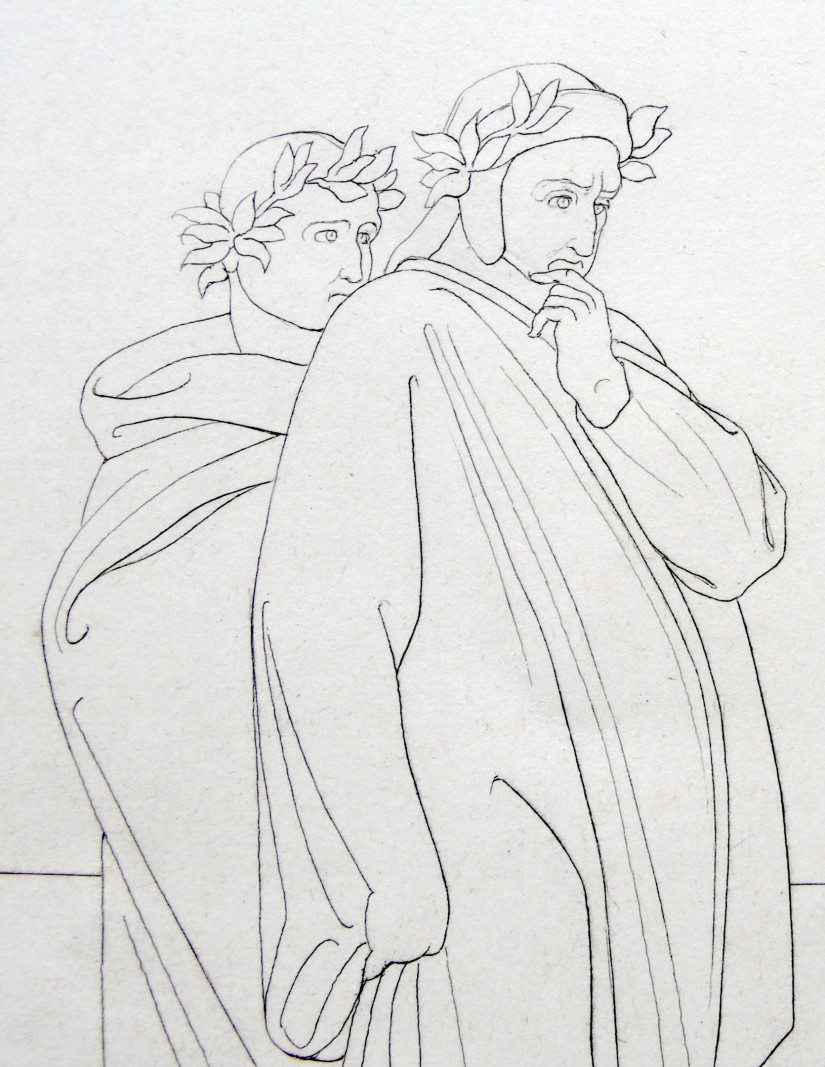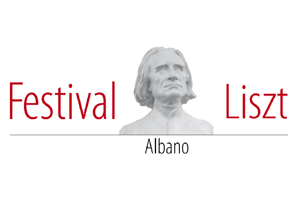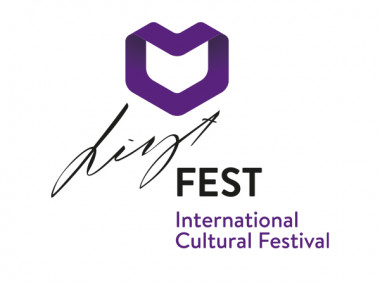Liszt & Dante - a Temporary Exhibition
The exhibition entitled “I am moving deeper and deeper into Dante's Obscure Forest" (Franz Liszt), organized by the Franz Liszt Memorial Museum and Research Centre, opened on 10 October 2021 in the Atrium of the Liszt Academy of Music. It is now available to view in virtual form.
The exhibition "I am moving deeper and deeper into Dante's Obscure Forest" (Franz Liszt) is presented in Prezi. Follow the link below to view the virtual exhibition. You can navigate through the paragraphs using the navigation buttons, the Space bar, or the arrow at the bottom of the screen. You can also use the mouse to override the default sequence, reposition any section, and zoom in or out using the scroll wheel.
Enjoy browsing!

Franz Liszt and his contemporaries were deeply engaged with a seemingly insurmountable challenge: how to translate Dante Alighieri’s poetry into the language of music—and how to visualize it. Liszt was particularly drawn to the story of the otherworldly journey depicted in the Divina Commedia. Above all, it was the drama of the Inferno that captivated him: the portrayal of demonic horrors, the hopeless torment of suffering souls, and the forbidden love story of Paolo and Francesca.
Liszt responded to Dante’s masterpiece with two major compositions: the Dante Sonata, a piano piece, and the Dante Symphony, an orchestral work. Yet he believed that music alone could not fully capture the grandeur of Dante’s vision. Liszt envisioned a multimedia diorama performance, demonstrating how music, poetry, and visual art could be combined to powerful effect.
Few composers were as receptive to the achievements of other art forms as Franz Liszt. His relationship with Italian art was especially multifaceted; he drew inspiration not only from Dante, but also from the works of Petrarch, Michelangelo, Raphael, and Salvator Rosa. He brought together these influences in Years of Pilgrimage, Second Year: Italy (Années de pèlerinage, Deuxième année: Italie).
This exhibition presents not only Liszt’s interest in Dante and his compositions inspired by the poet, but also provides broader context for the topic. It explores Dante’s life and poetry—particularly the Divina Commedia—and briefly examines the 19th-century “Dante mania” through examples related to Liszt. The exhibition also highlights visual artists with whom Liszt had personal relationships, and whose Dante-inspired works he knew and admired. Additionally, several stories illustrate the revival of Dante’s reception in Hungary, such as the Hell Panorama in Budapest’s City Park (opened in 1896) and Ferenc Pulszky’s Dante evening in Florence.
In Purgatorio, Canto X, Dante and Virgil encounter a kind of celestial “exhibition.” Carved into the snow-white marble of Mount Purgatory are magnificent reliefs—so lifelike they seem to speak, to move, and almost to make sound. In these lines, Dante masterfully blends music and visual imagery, engaging the reader’s imagination. He describes a relief depicting King David dancing before the Ark of the Covenant with poetic vividness:
“There, carved in that same marble, were the cart
and oxen as they drew the sacred ark,
which makes men now fear tasks not in their charge.
People were shown in front; and all that group,
divided into seven choirs, made
two of my senses speak—one sense said, “No,”
the other said, “Yes, they do sing”; just so,
about the incense smoke shown there, my nose
and eyes contended, too, with yes and no.”
(Dante: Divina Commedia, Purgatorio, Canto X, 55–63, translated by Allen Mandelbaum)
At the bottom of the exhibition posters, illustrations of the Divina Commedia by Bonaventura Genelli and Gustave Doré are arranged as a frieze, echoing the episode from Purgatorio in which Dante and Virgil view the carved reliefs on the mountain.
______________________________________________________________________
The participating institutions
The creators of the exhibition
_______________________________________________________________________






